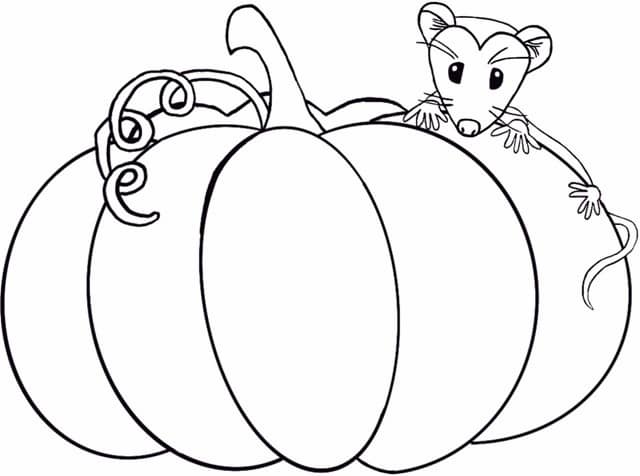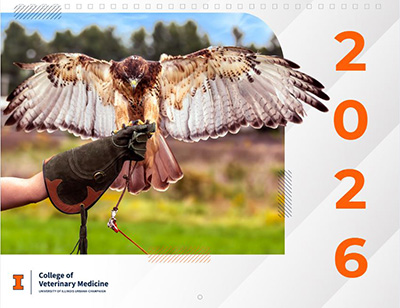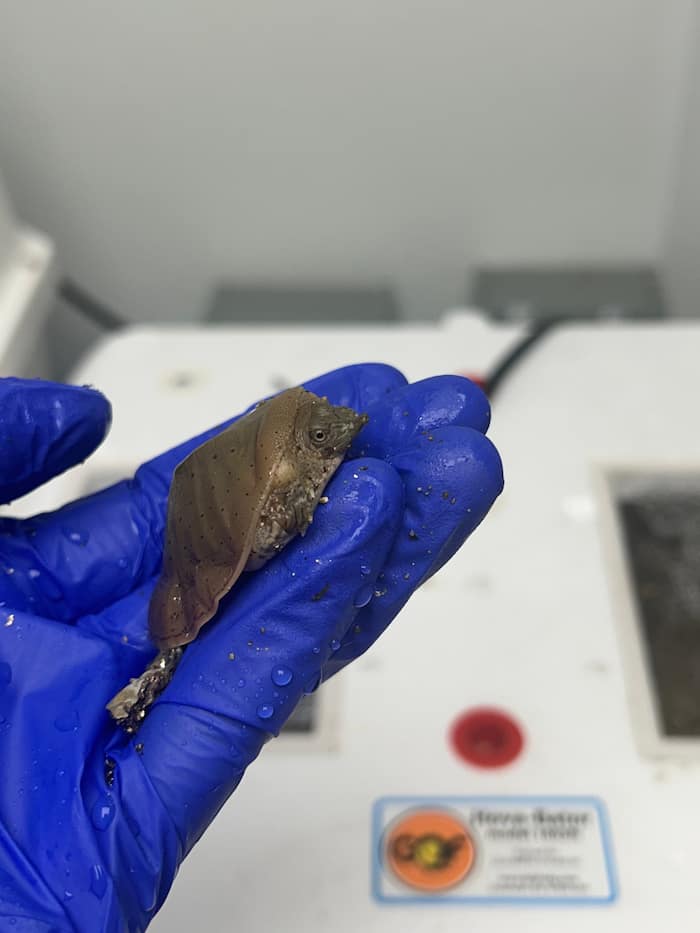by Tanya Coty (VM16)
The Wildlife Clinic is currently host to an American treasure, a bald eagle, affectionately named George. George arrived at the clinic on October 17, 2013. Two U of I alumni veterinarians saw him by the side of the road near Springfield, after apparently being hit by a car. They made the long trip to bring him to the Wildlife Clinic where he has been receiving care ever since. Radiographs of George’s injured wing indicated that he had a fractured right humerus and a consultation with the ophthalmology department at the teaching hospital revealed that he is blind in his right eye.
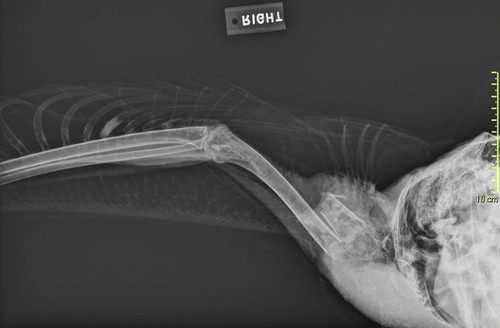
Radiograph of George’s right wing. Notice the fractured humerus, the wing bone closest to the body.
George is currently recovering from his wing injury in the clinic until he is ready to go to a rehabilitation center. The Wildlife and Exotic Animal Medicine and Surgery department repaired his fracture with a pin in the medullary cavity of his humerus and an external fixator. Once his wing has healed enough for the fixator to be removed, he can leave the clinic.
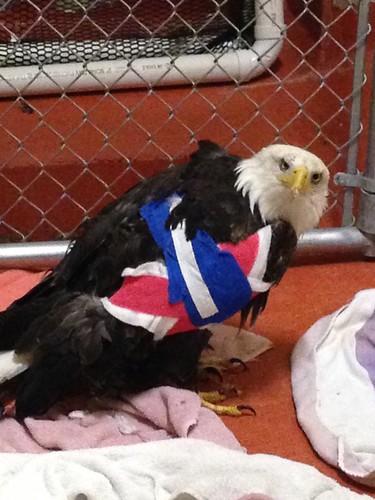
Caring for an eagle is a unique challenge for the students. While he only weighs 7.7lbs (3.5 kg), George is incredibly strong and equipped with powerful talons and a sharp beak. As a wild animal, he is less than cooperative with treatment. When he initially arrived and while recovering from surgery, he had to be handled twice a day to receive pain medication due to his injuries. The team has since scaled back on handling George to reduce his stress.
In spite of these challenges, George has made excellent progress with his recovery and will hopefully be transferred to a rehabilitation facility soon. There, he will build up strength in his muscles, which have atrophied from weeks of disuse. Birds that are kept in captivity for more than two weeks typically need time to build up their flight muscles before they can be released to the wild. This is especially important for birds of prey, like bald eagles, because they rely on soaring to hunt and survive. The rehabilitation staff will also assess his ability to hunt with his blind eye. Because he is a bald eagle, if George cannot be returned to the wild, he will stay as a “resident” animal in a wildlife center or zoo. This is because bald eagles are protected under federal law, even though they are no longer listed as an endangered species. The Wildlife Clinic has to have a special permit to hold bald eagles for medical care. If you come across an injured bald eagle, please contact US Fish and Wildlife Services or a wildlife rehabilitator. It’s also important to remember that it is illegal to keep feathers, eggs, or other “parts” of a bald eagle.

